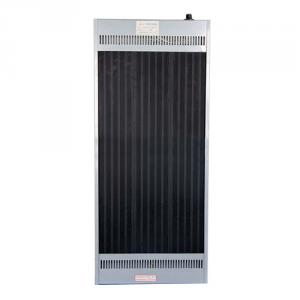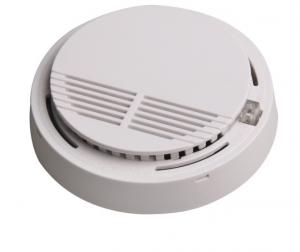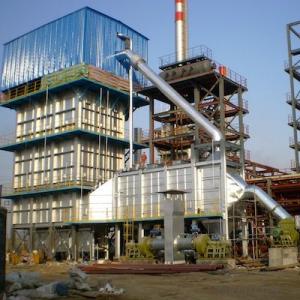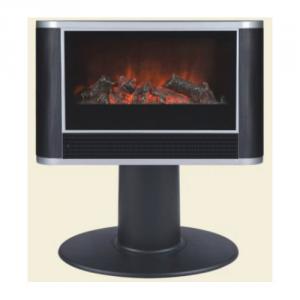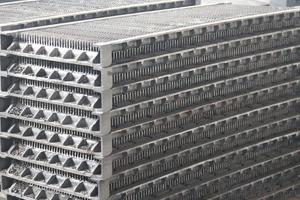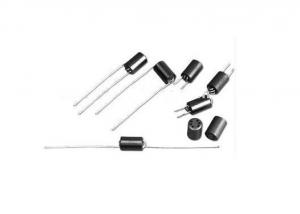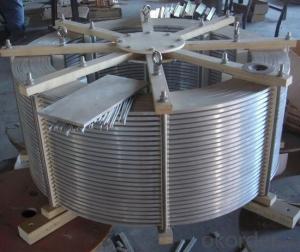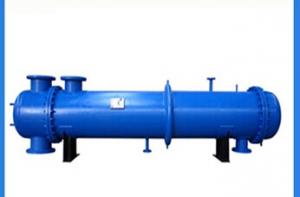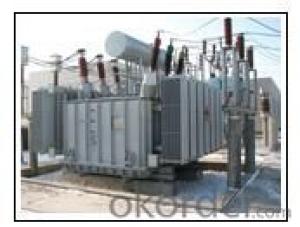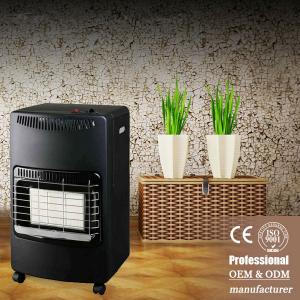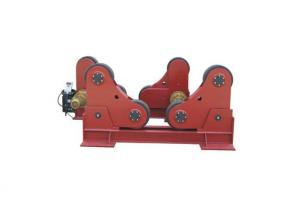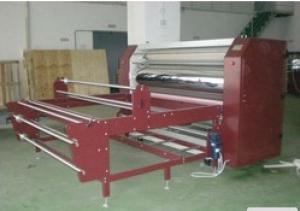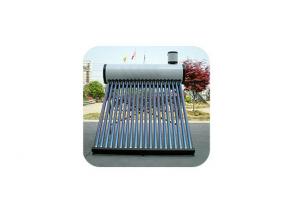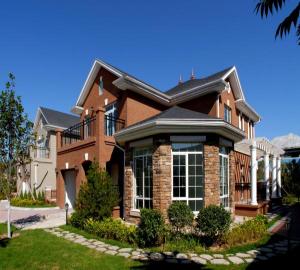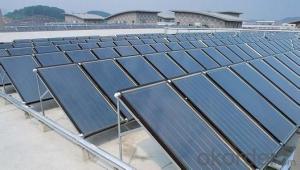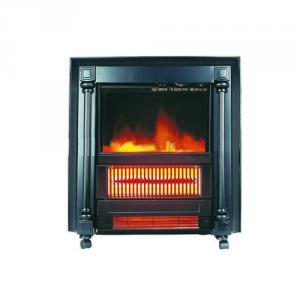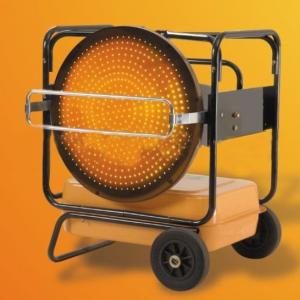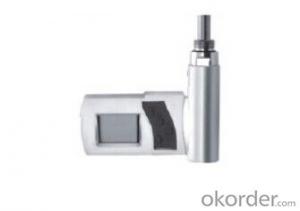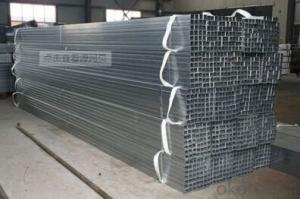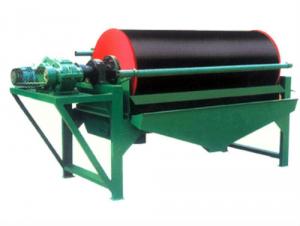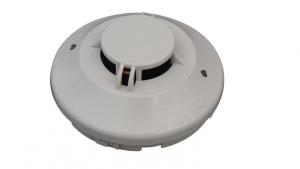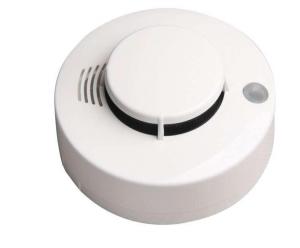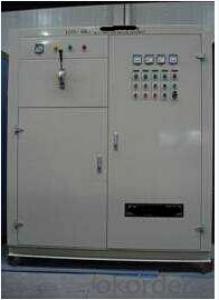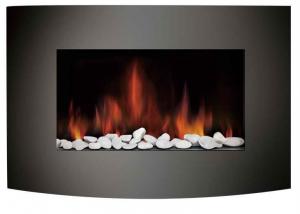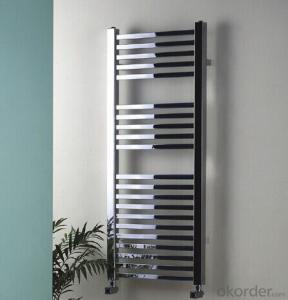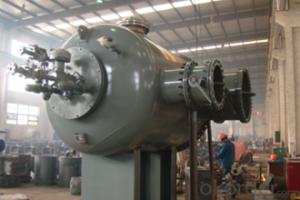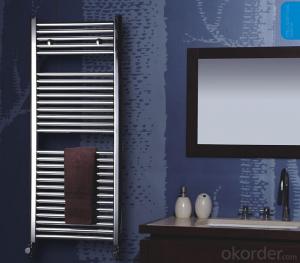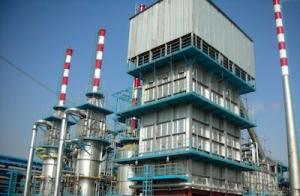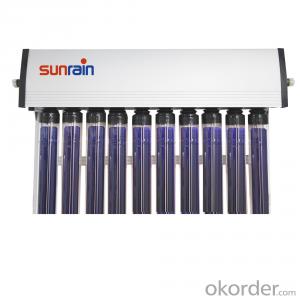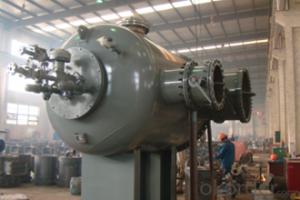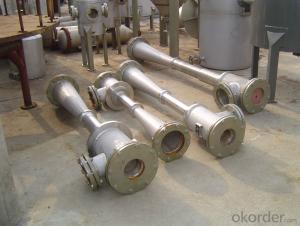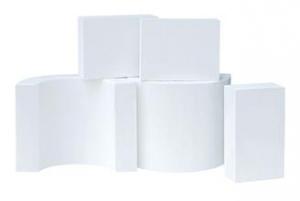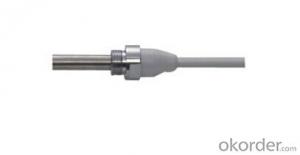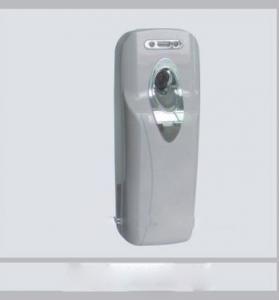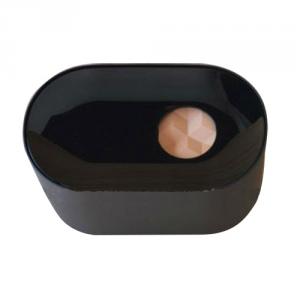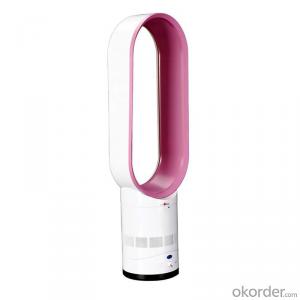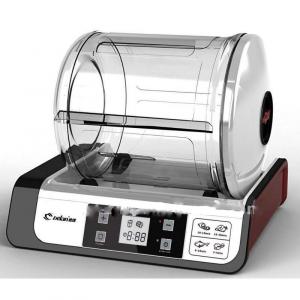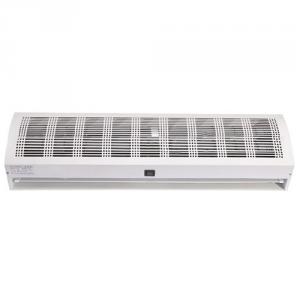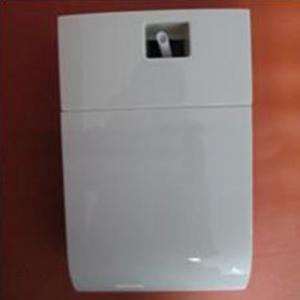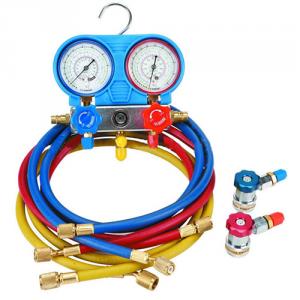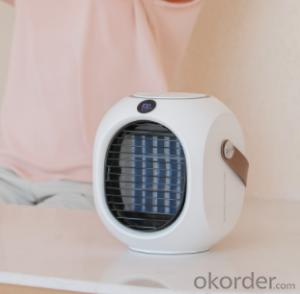Radiative Heater
Radiative Heater Related Searches
Radient Heat Radiant Water Heating System Radiant Heat Mat Hydronic Radiant Heating Systems Radiant Water Floor Heating Warm Floors Radiant Heating Retrofit Radiant Floor Heating Energy Efficient Home Heating Radiant Baseboard Heat Room Heating Heating Thermostat Heat Air Condition Heating Maintenance Heating Hvac Rooftop Solar Water Heater High Efficiency Furnace Electric In Floor Radiant Heat Heating Floor Systems Harbor Freight Torpedo Heater Heat Ventilation And Air Conditioning System Affordable Electric Radiators High Efficiency Heating And Cooling Systems Radiant Barrier Installation High Temperature Refractory Cement Heat Mat High Temperature Sealant Hydronic Boiler Heating & Cooling Water Tank Heating System Wild Country Kerosene HeaterRadiative Heater Supplier & Manufacturer from China
Radiative heaters are a type of heating equipment that utilizes the principle of radiative heat transfer to provide warmth in various settings. These heaters are designed to emit infrared radiation, which directly heats objects and surfaces in the surrounding area, making them highly efficient and effective for specific applications. Radiative heaters are commonly used in industrial settings, warehouses, and large open spaces where maintaining a comfortable temperature is essential. They are also suitable for outdoor events and temporary heating solutions, as they can quickly raise the temperature in a targeted area without affecting the overall ambient temperature.The application and usage scenarios of radiative heaters are vast, making them a popular choice for businesses and individuals alike. They are particularly useful in environments where maintaining a consistent temperature is crucial, such as in manufacturing facilities or during outdoor events in cold weather. Radiative heaters can also be used to supplement existing heating systems, providing additional warmth in areas that are difficult to heat or where drafts are common. Their ability to heat objects directly, rather than the air, makes them an energy-efficient option for many situations.
Okorder.com is a leading wholesale supplier of a wide range of products, including radiative heaters. With a large inventory and a commitment to providing high-quality products at competitive prices, Okorder.com is the ideal choice for businesses looking to purchase radiative heaters in bulk. Their extensive selection ensures that customers can find the perfect heater to suit their specific needs, whether it's for industrial use, outdoor events, or residential applications. By offering a variety of options and reliable customer service, Okorder.com has established itself as a trusted source for radiative heaters and other heating solutions.
Hot Products
